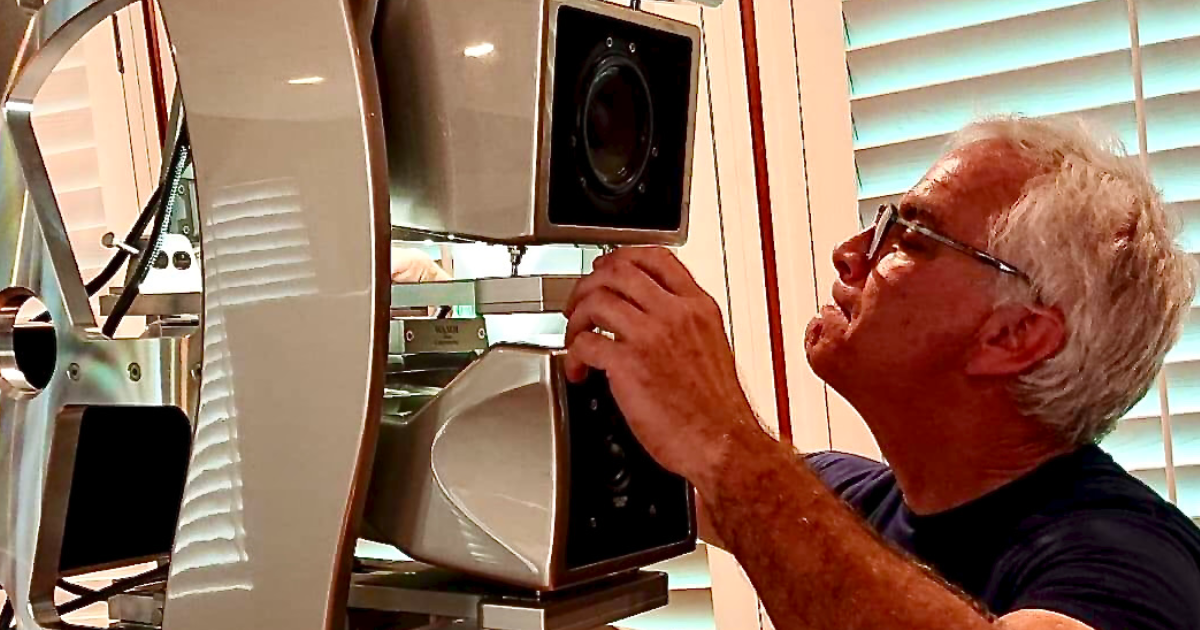I am struggling a bit trying to see if I can improve my room acoustics and I came across this Q&A. Important basic questions and clear answers from an experienced veteran

 audiophilereview.com
audiophilereview.com
And this anecdote maybe helps too:

 audiophilereview.com
audiophilereview.com
The admins need to stop deleting legitimate posts that call attention to claims that contradict nearly a century of accumulated knowledge from science, physics, mathematics and engineering. <delete>
Mod edit: Deleted offensive sentences. those who have the technical knowledge please bring that into the discussion, personal attacks are agains the forum rules. Silly fights like these only degrade the forum and irritate other FMs. for personal attacks discussions please take it outside the forum. your deleted posts seem to be more of personal vendetta than an informative discussion .
Book a ticket to singapore and buy these and
Good to know that its carried
 , Luxman have simplest design and detailed sweet sounding amps ( before Alpine ) Pretty rare to find them in good shape and you seems very lucky
, Luxman have simplest design and detailed sweet sounding amps ( before Alpine ) Pretty rare to find them in good shape and you seems very lucky

Q&A: Audio Expert Stirling Trayle Explains Room Acoustics, How To Optimize Audio Systems
Audio acoustics expert Stirling Trayle discusses room and system set-up with Paul Wilson...
And this anecdote maybe helps too:

How Making Things Worse Can Improve Sonics
Paul Wilson explains how making his system sound worse actually made it sound better...
The admins need to stop deleting legitimate posts that call attention to claims that contradict nearly a century of accumulated knowledge from science, physics, mathematics and engineering. <delete>
Mod edit: Deleted offensive sentences. those who have the technical knowledge please bring that into the discussion, personal attacks are agains the forum rules. Silly fights like these only degrade the forum and irritate other FMs. for personal attacks discussions please take it outside the forum. your deleted posts seem to be more of personal vendetta than an informative discussion .
Book a ticket to singapore and buy these and
Sorry it was my mistake, its Luxman L120A. Try to find this model. Its a Beast.it wil be carried as checkin luggage.
not able to find L20. I am also worried about parts getting defunct, many parts not available now.
Good to know that its carried
Elegant beautiesLuxman L series are nice looking amps. Sound very sweet. They have excellent phono stages. I have had few luxmans in the past.
Recently i have got an L3 model in excellent original condition with the help of FM friend who also got an L85v model from the same seller.
I paid 15k and another 2k for shipping.
Here the pics View attachment 66328View attachment 66329



